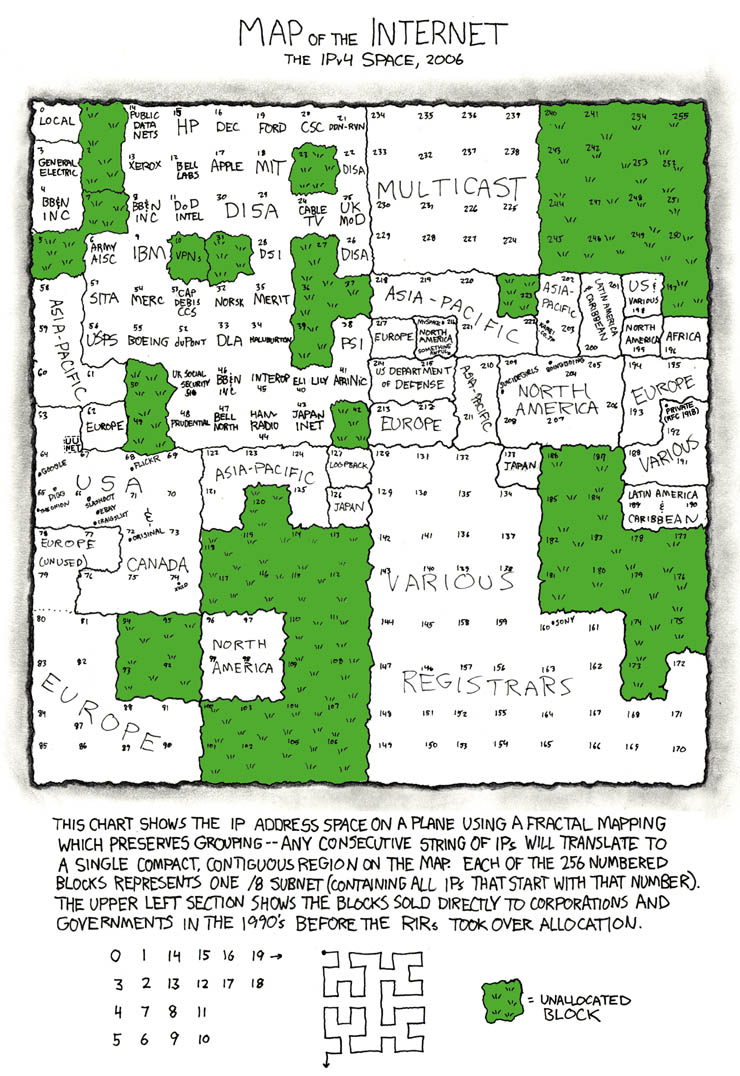Team Members: Paul Choi, Miguel Garido, Yi Zeng, Margaret Tian
The data say that the bee population is rapidly declining and that bees are essential to the production of many of our favorite fruits and vegetables. We want to tell this story because we didn’t feel that reading research studies or news articles about the impact of fewer bees on agriculture would feel like a real, actionable problem to everyday people. Our overall goal was to educate people on how they as consumers will be directly affected, and make the problem more personal by relating the loss of bees to the loss of the shopper’s favorite fruit. This sketch only contains the case where a shopper selects watermelon, but we envision that the same process could be applied to many different fruits.
We used the bee data from the Bee Informed Partnership to tell our audience about how declining bee populations puts a lot of things at risk, including our favorite fruits. The target audience is grocery shoppers waiting in line to check out. Our sketch would appear in the form of an interactive touch screen display/quiz that shoppers could quickly navigate through.
The bee data show a drastic decline in bee populations in the past few years. Watermelon production data from the USDA shows that the Southeastern United States produces the majority of US watermelons. Dr. Claire Kremen, assistant professor of ecology and evolutionary biology at Princeton University, found that bees are responsible for up to 80% of pollination for a variety of fruits, so we knew that the large drops in bee population could result in significant drops in fruit production. Since fruits are an everyday product that our audience enjoys, we decided to use the title screen “your favorite fruit is in danger” to draw our audience in.
Maps played a central role in our interactive display. Our biggest issue was smoothly jumping from bee decline to watermelon decline while keeping our audience engaged the whole time. We decided to show bee decline for the entire US, before focusing on the Southeast to transition to watermelon decline, and zoomed back out to show why that fewer watermelons in the Southeast is a problem for all of us. The simple, concise facts combined with cute graphics hopefully make the interactive experience informational and fun.








